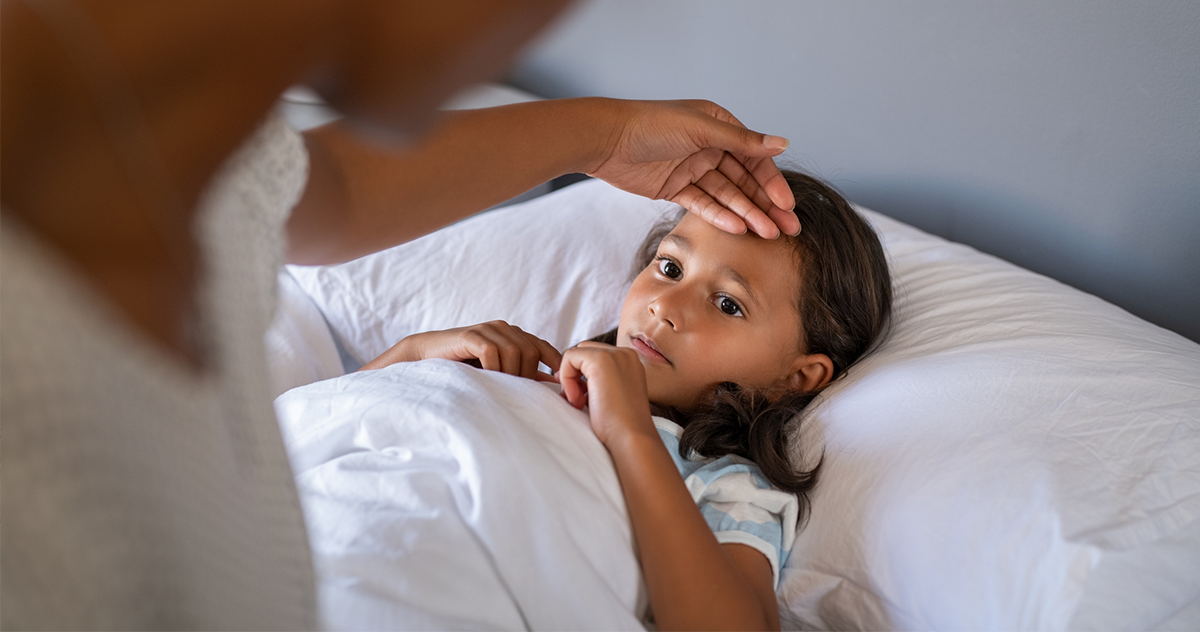This winter has seen increased rates of scarlet fever in children, with cases in England running at around four times the seasonal average. There have been deaths among school age children where the infection has developed into invasive group A streptococcus (iGAS), including one in Lewisham confirmed at the start of December.
- The UKHSA’s letter to primary and secondary care is reproduced here.
- Their guidance to the public is here and a follow-up blog on iGAS here.
- The multi-agency guidance to clinicians is here, including interim clinical guidance (last updated 17 December).
- We are aware that London’s shortages of penicillin and amoxicillin, particularly in liquid form, make following the advice on lower prescribing thresholds particularly challenging in general practice. The NHS England guidance on this is for pharmacists is here and a serious shortage protocol is in effect (last updated 16 December) allowing pharmacists to substitute one pencillin V product with another in the first instance, then other antibiotics where they have no pencillin V formulations available at all.
The UKHSA’s advice to parents is:
Contact NHS 111 or your GP if:
- your child is getting worse
- your child is feeding or eating much less than normal
- your child has had a dry nappy for 12 hours or more or shows other signs of dehydration
- your baby is under 3 months and has a temperature of 38C, or is older than 3 months and has a temperature of 39C or higher
- your baby feels hotter than usual when you touch their back or chest, or feels sweaty
- your child is very tired or irritable
Lord Markham, a Health Minister, told the House of Lords on 5 December that the Government has instructed doctors to work with local health protection teams in deciding whether to use antibiotics on a prophylactic basis in primary schools affected by outbreaks. Guidance on this has yet to be issued to general practice.
The most recent data covers the period between Monday 12 September to Sunday 20 November, and saw 347 cases of scarlet fever at a rate of 3.9 per 100,000 population in London and 71 cases of iGAS at a rate of 0.8 per 100,000. London had the lowest per capita rates of scarlet fever of the NHS regions during this period, with the North West having the highest at 13 cases per 100,000. The full UKHSA briefing is here.
Links:
Useful patient facing advice
Many children can swallow tablets/capsules with a bit of advice and support
Letter to parents and carers in South East London

